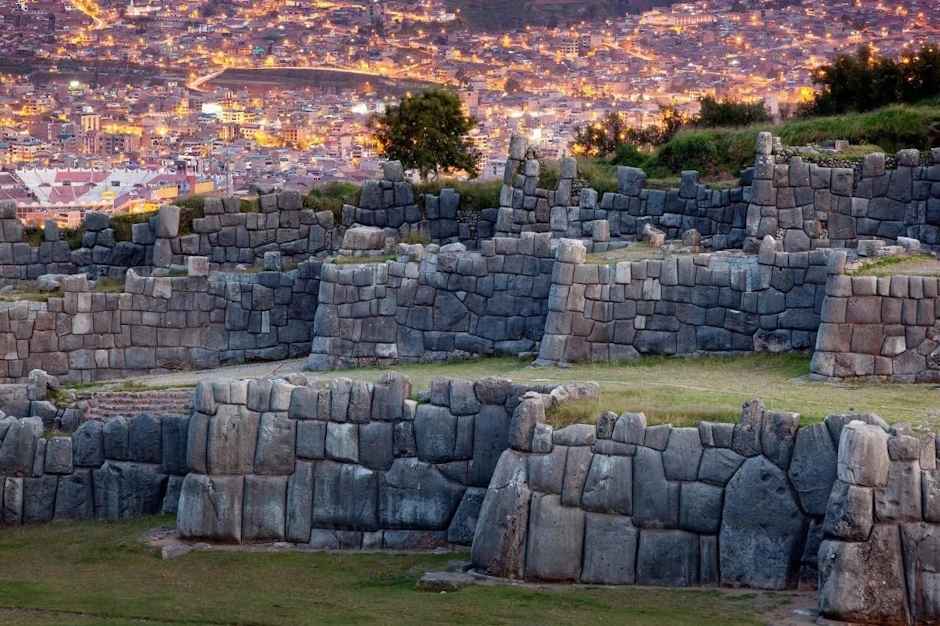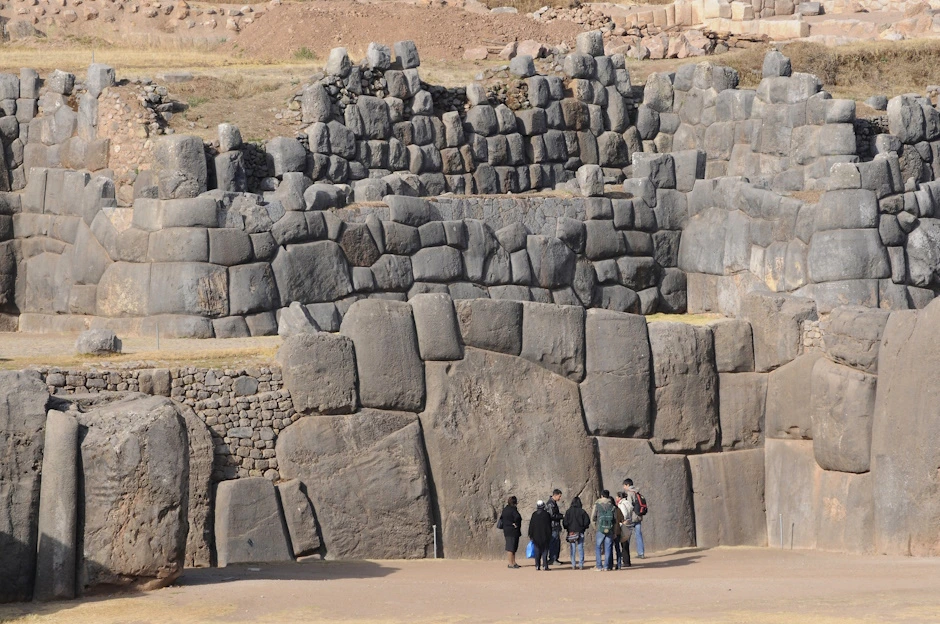Nestled high in the Peruvian Andes, just above the city of Cusco, stands one of the most astonishing architectural wonders of pre-Columbian America — the fortress of Sacsayhuamán. Believed to have been completed around the mid-15th century CE during the reign of the Inca emperor Pachacuti (1438–1471 CE), this monumental complex has baffled historians, architects, and archaeologists alike for centuries. While the Incas are traditionally credited with its construction, some scholars propose that the site’s origins may reach back to an even earlier civilization, possibly the Killke culture, which flourished in the Cusco region from 900 to 1200 CE.
Although the local Quechua people had always known of Sacsayhuamán, the site first drew modern archaeological attention in the late 16th century, following the Spanish conquest of Peru. Early chroniclers such as Pedro Cieza de León (1553) and Garcilaso de la Vega (1609) described the immense stones and marveled at their seamless joints. Systematic archaeological excavations began much later, in 1934, under the supervision of the Peruvian archaeologist Luis E. Valcárcel. His team mapped the fortress and uncovered the foundations of terraces, gateways, and ceremonial platforms that helped establish Sacsayhuamán’s immense historical significance.
The walls are composed primarily of andesite and diorite, locally quarried volcanic stones weighing between 10 and 350 tons each, though some estimates suggest the largest block exceeds 400 tons. What truly sets Sacsayhuamán apart, however, is the method of construction. The stones are fitted with such extraordinary precision that a sheet of paper — or even a knife blade — cannot be inserted between them. No mortar was used; instead, each block was shaped individually, its edges rounded and polished to interlock perfectly with its neighbors.
Modern engineers remain puzzled by the level of accuracy achieved using only bronze and stone tools, as the Inca lacked both iron and steel. Some researchers suggest that the builders employed a combination of abrasive sand, fire softening, and wooden wedges soaked in water to fracture and shape the stones. Others argue for a technique involving casting and geological reshaping, implying knowledge far beyond what conventional archaeology attributes to the Incas.
The fortress’s main structure forms a zigzag pattern, composed of three parallel terraces spanning nearly 600 meters in length. Each terrace wall contains stones interlocked in irregular but deliberate patterns, distributing weight evenly and making the walls remarkably earthquake-resistant — a feature proven over centuries in a seismically active region.
Some of the most intriguing elements are the precise geometric joints, curved stone corners, and “melting” surfaces, which give the illusion that the stones were molded like clay. The walls’ mᴀssive scale and the technical perfection of their ᴀssembly suggest not just practical engineering but symbolic meaning. Scholars believe the layout represents the teeth of a puma, a sacred animal in Inca cosmology, while others interpret Sacsayhuamán as a ceremonial temple aligned with astronomical events — possibly the June solstice or the constellation of the Southern Cross.
While Spanish chroniclers initially described Sacsayhuamán as a military fortress, archaeological evidence reveals its deeper ceremonial importance. Excavations uncovered altars, drainage channels for libations, and remnants of religious offerings — including ceramics, gold foils, and llama bones — suggesting that the site functioned primarily as a ritual center dedicated to the Sun God Inti. During the annual Inti Raymi Festival, held every June to celebrate the winter solstice, the site came alive with music, dance, and processions. Today, this ancient ceremony is reenacted every year, connecting modern Cusco to its sacred past.
Excavations in the late 20th and early 21st centuries, led by the Insтιтuto Nacional de Cultura del Perú, have revealed further terraces, subterranean pᴀssageways, and what appear to be hydraulic channels designed to divert rainwater — proof of advanced planning and urban integration. In 1983, Sacsayhuamán was designated a UNESCO World Heritage Site, recognized as part of the “City of Cusco” ensemble.
Conservation efforts continue, as erosion and tourism threaten the delicate surfaces of the megaliths. Laser scanning and 3D imaging projects, conducted in collaboration with international archaeological insтιтutions, have mapped every joint and contour in unprecedented detail. These studies aim to preserve the site digitally and help unravel the mystery of its engineering.
The purpose and technique behind Sacsayhuamán’s construction remain subjects of debate. Conventional archaeology attributes its sophistication to Incan ingenuity and centuries of skilled labor. Yet alternative theories — popularized by researchers such as Erich von Däniken — propose that the precision and weight of the stones hint at the use of lost ancient technologies, possibly linked to celestial visitors. While such ideas remain speculative, they reflect humanity’s enduring fascination with monuments that seem to transcend their era’s known limits.
For the Inca, however, Sacsayhuamán was far more than a fortress or a mystery. It was a bridge between heaven and earth, a physical manifestation of divine harmony where stone, sky, and spirit met in perfect balance. Its colossal walls were not only meant to endure time but to embody power, unity, and reverence for the cosmos — values that still resonate with visitors standing in its silent shadow today.
The megalithic walls of Sacsayhuamán continue to challenge our understanding of ancient engineering and spiritual design. Built from the heart of the Andes more than 600 years ago, it remains one of humanity’s greatest achievements — a site where stone speaks, history whispers, and mystery endures. Whether shaped solely by human hands or guided by knowledge lost to the ages, Sacsayhuamán stands as eternal proof that ancient civilizations possessed a depth of intelligence, artistry, and cosmic vision that still humbles modern science.
In the end, as the Andean winds sweep through its giant stones, one cannot help but feel that Sacsayhuamán was not merely built for the gods — but with them.




